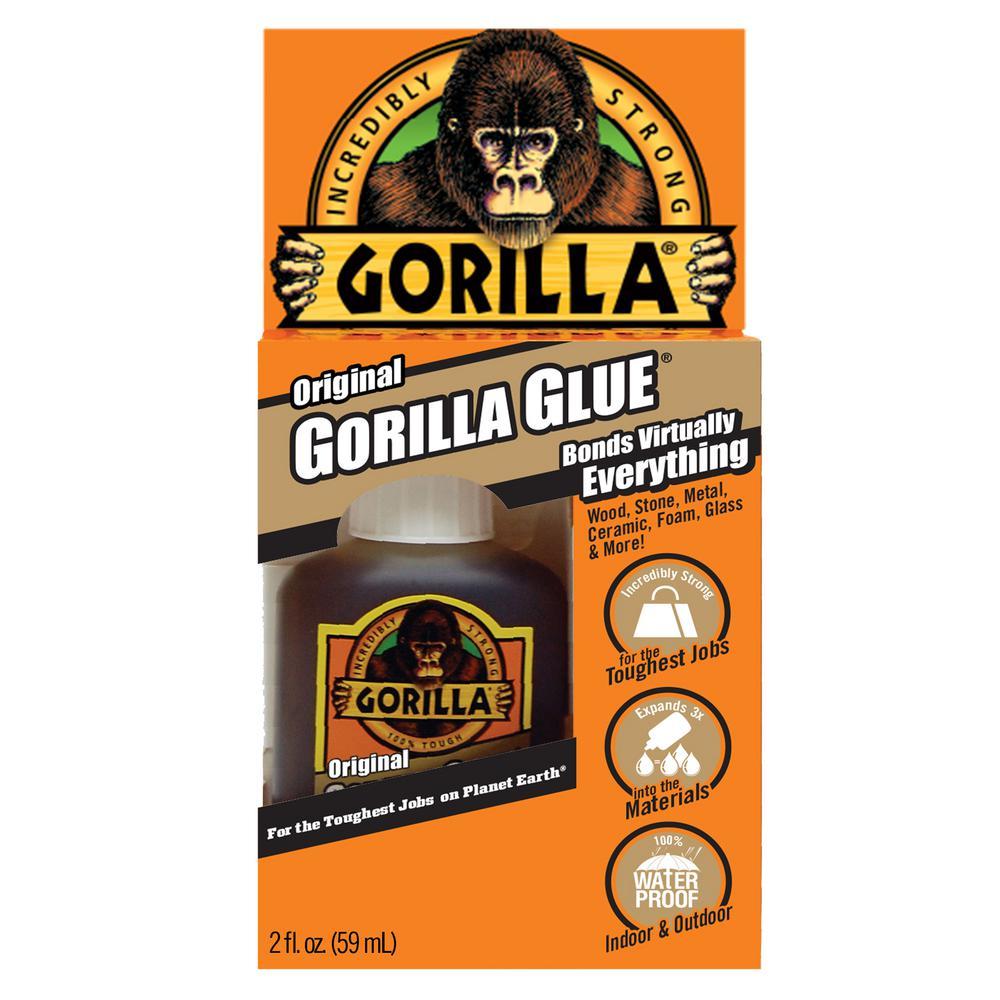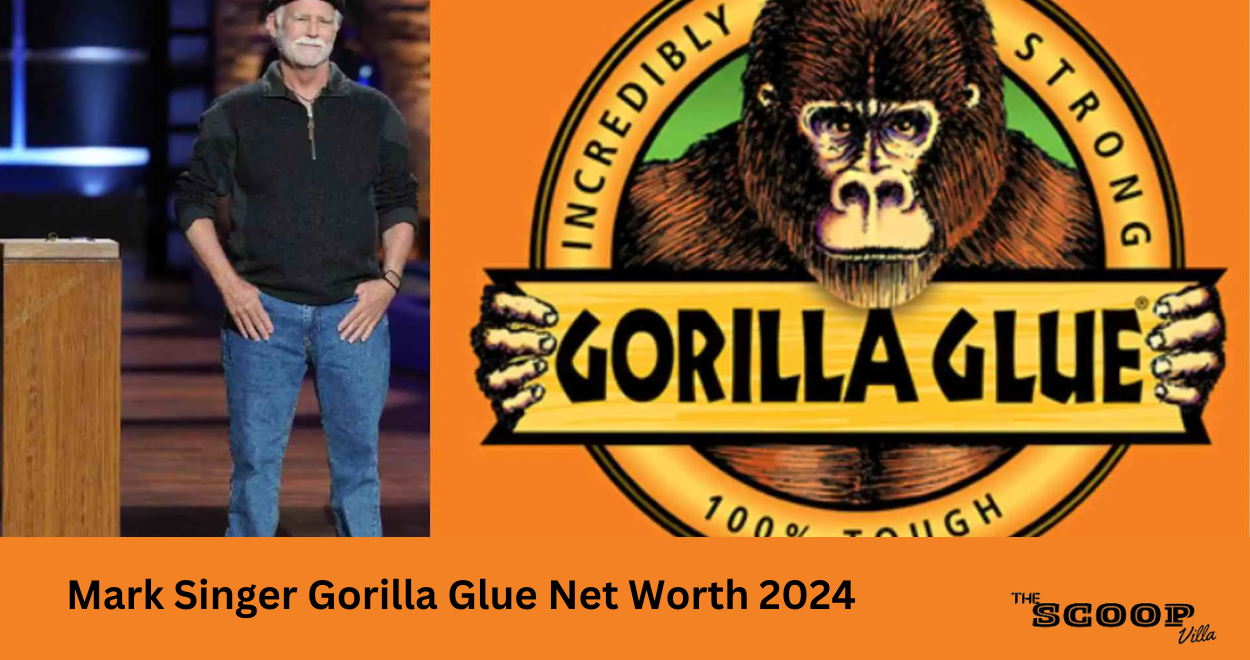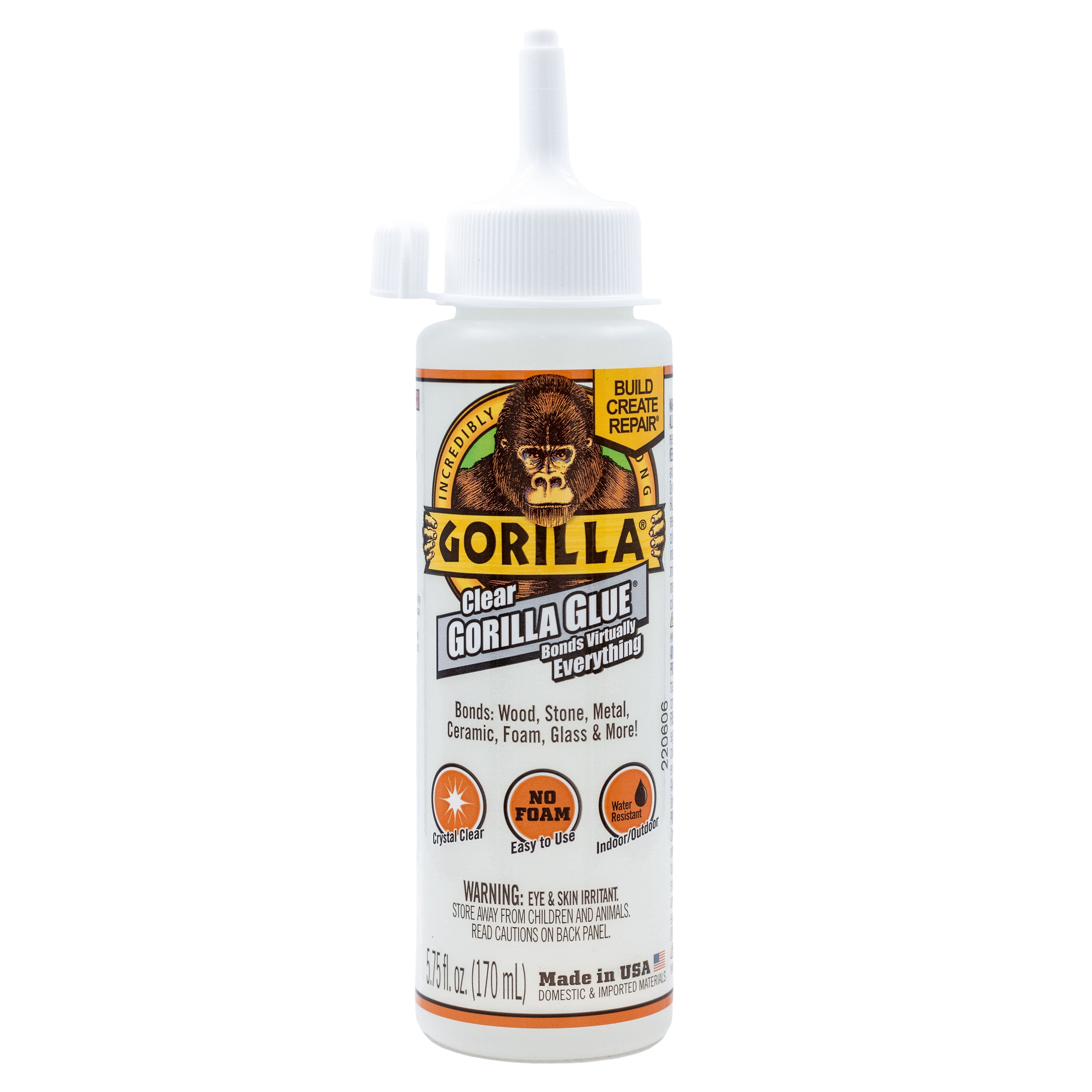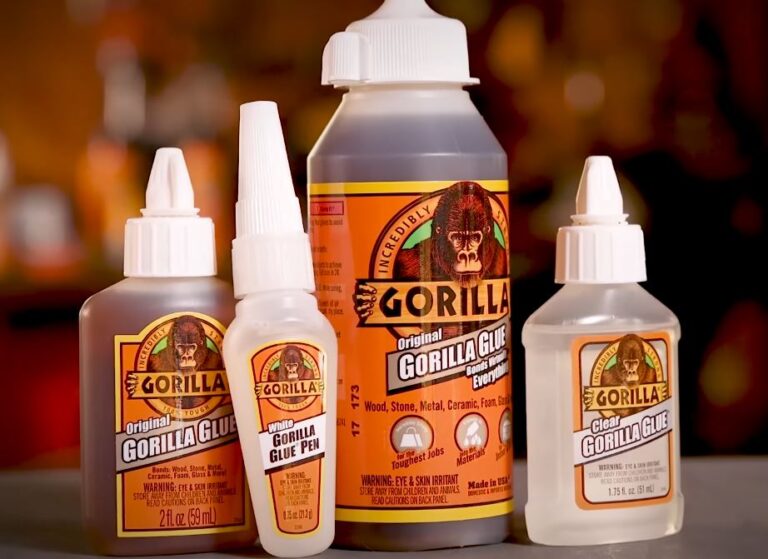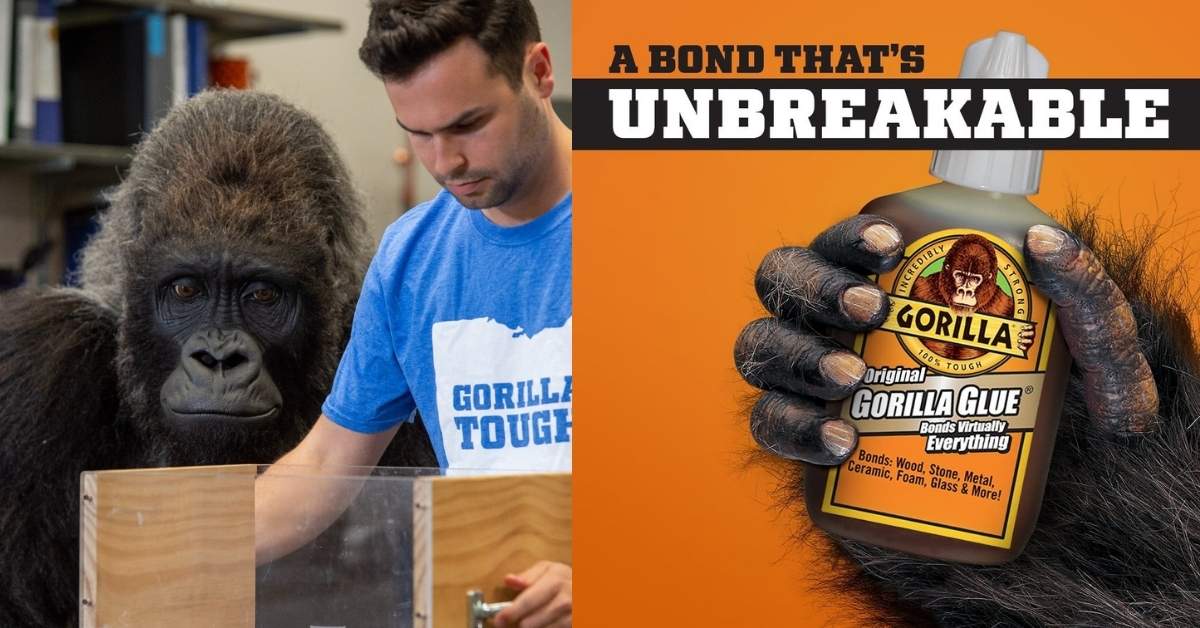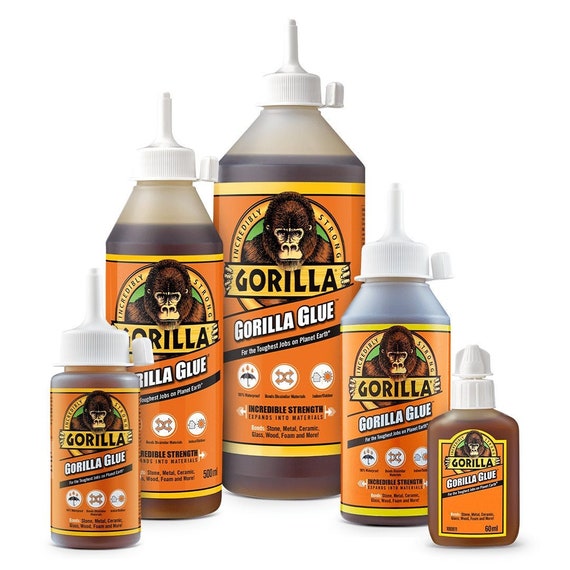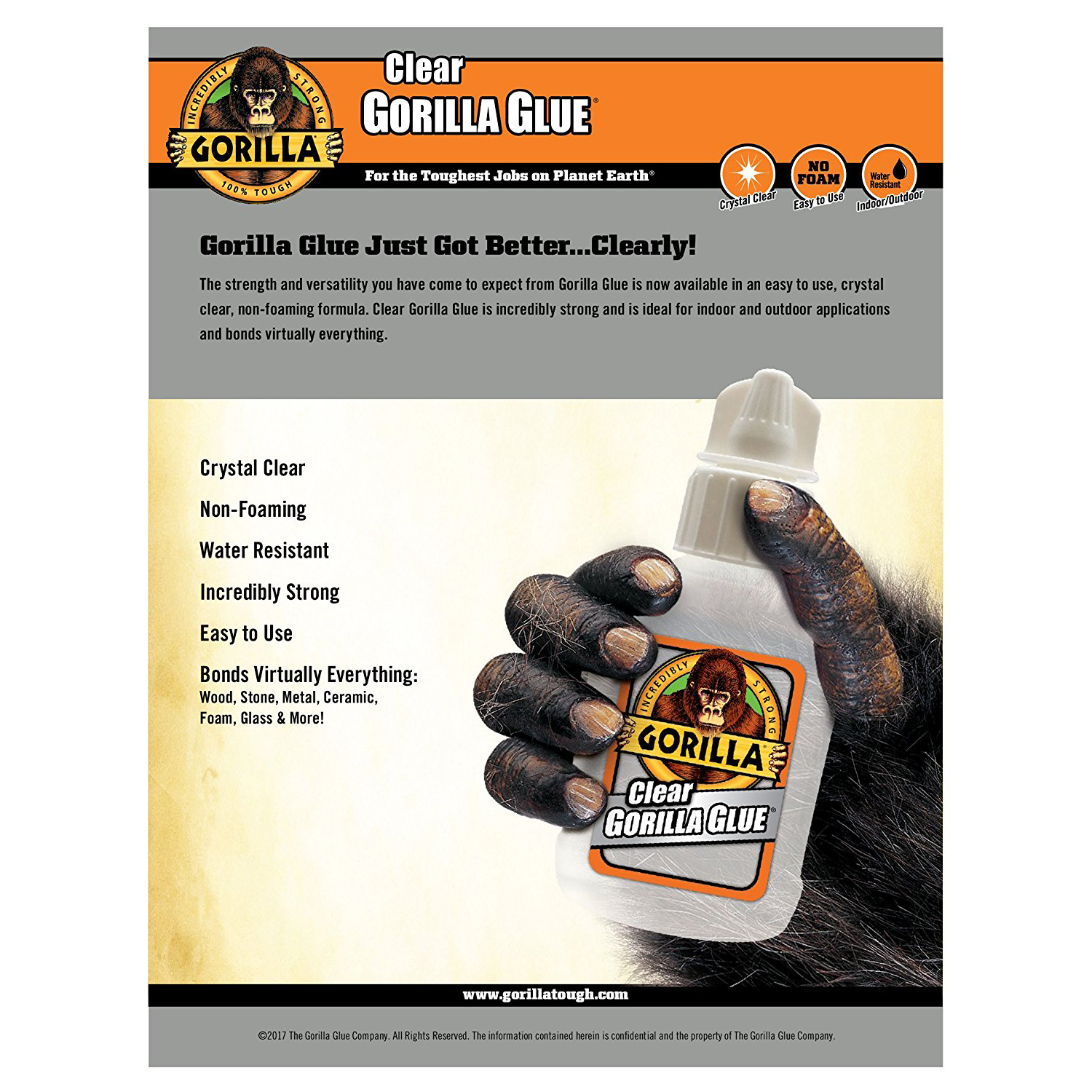How Much Is Gorilla Glue Worth

In February 2021, the name Gorilla Glue unexpectedly became a viral sensation, not for its adhesive properties, but for its role in a bizarre and unfortunate incident. A Louisiana woman, Tessica Brown, mistakenly used the product on her hair after running out of her usual hairspray. This prompted a cascade of questions, most notably: Just how much is the Gorilla Glue brand worth?
The incident raised significant questions about product misuse, consumer awareness, and brand reputation. While the immediate focus was on Ms. Brown's plight and the medical procedures required to rectify the situation, the underlying economic implications for the Gorilla Glue company are worth considering.
Brand Valuation and Market Position
Estimating the precise worth of Gorilla Glue is complex, as the company is privately held. Definitive financial figures are not publicly available. However, we can look to several factors to understand its market position and potential valuation.
Market Share and Revenue Estimates
Gorilla Glue commands a significant share of the adhesive market. The adhesive market is a multi-billion dollar global industry. Gorilla Glue's brand recognition and widespread availability suggest it holds a substantial portion of that market.
While specific revenue figures are not disclosed, industry analysts estimate that the Gorilla Glue brand likely generates hundreds of millions of dollars in annual sales. This estimation is based on factors like product placement in major retail chains, advertising expenditure, and overall brand popularity.
Intangible Assets: Brand Recognition and Reputation
The Gorilla Glue brand has built a strong reputation for its strength and durability over the years. This strong brand is a valuable intangible asset.Gorilla Glue from competitors.
However, the Tessica Brown incident presented a unique challenge to this reputation. While the incident was clearly a case of product misuse, it nonetheless drew significant negative attention to the brand.
The Impact of the Viral Incident
The viral nature of the Tessica Brown incident cannot be understated. Social media amplified the story, turning it into a global phenomenon. The company faced a delicate balancing act: addressing the situation responsibly while protecting its brand image.
Gorilla Glue issued statements emphasizing that their product is not intended for cosmetic use. They also expressed sympathy for Ms. Brown. They were reminding the public of the product's intended application was crucial for managing the potential fallout.
Some marketing experts believed the incident could have a positive long-term effect on brand awareness. The increased visibility, even if initially negative, made the brand name ubiquitous, a phenomenon similar to the Streisand effect.
Valuation Considerations: Before and After
Before the incident, the Gorilla Glue brand's valuation would have been based primarily on its consistent sales, strong market share, and positive brand perception. Factors such as future growth potential and competitive landscape would also have been taken into account.
The Tessica Brown incident introduced a new variable: reputational risk. The extent to which this risk affects the brand's overall value remains difficult to quantify precisely. However, its effect will depend on how successfully the company manages its reputation in the aftermath.
Ultimately, a comprehensive valuation would require a thorough analysis of the company's financials, market position, and intangible assets, along with an assessment of the potential long-term impact of the viral incident.
Beyond the Brand: Lessons Learned
The Tessica Brown case highlights the importance of clear product labeling and consumer education. It emphasizes the need for companies to anticipate potential misuse and communicate intended uses effectively.
Furthermore, the incident underscores the power of social media in shaping public perception of brands. Companies must be prepared to respond quickly and strategically to online crises.
This incident serves as a reminder that even established brands are vulnerable to unexpected events that can significantly impact their reputation and perceived value. It emphasizes the importance of robust risk management and crisis communication strategies.
